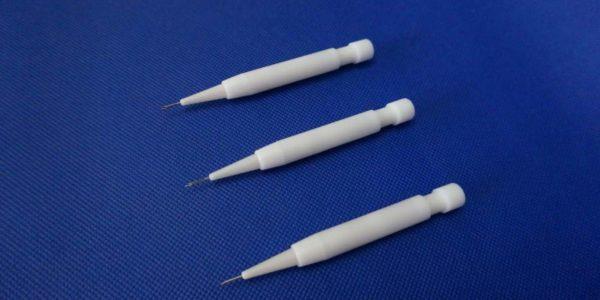
DHI (Direct Hair Implantation) differs from FUE (Follicular Unit Extraction) and FUT (Follicular Unit Transplantation) in a few ways. While FUE and FUT involve the extraction of donor hair follicles from the back or sides of the scalp, DHI uses hair follicles from the same area or from other parts of the body. Also, FUE and FUT require the creation of incisions or channels before implantation, while DHI does not. Instead, DHI uses a specialized tool called a Choi pen to directly implant hair follicles into the recipient area, resulting in a higher survival rate of the implanted hair follicles and a more natural-looking hairline. Additionally, DHI hair transplant typically takes less time to heal compared to FUT.
the main disadvantage of DHI hair transplants is that it is generally a more costly procedure when compared to other hair transplantation methods. Additionally, as with any surgical procedure, there is a small risk of infection, although the standardized implantation process used in DHI helps to minimize this risk. Some patients may also experience slight swelling or edema for a few days after the procedure, although this is a minor risk and should go down after a couple of days. It is important to consult with a DHI team and discuss any concerns or questions prior to undergoing the procedure.
DHI hair transplant is a minimally invasive procedure, and complications are rare. However, as with any surgical procedure, there is a small risk of infection, which can be managed with antibiotics. Some patients may experience slight swelling or edema for a few days after the procedure, which can be treated with ice packs or medication. In rare cases, patients may experience bleeding, numbness, or scarring, but these complications are infrequent and can be managed with proper care and follow-up. It is essential to consult with a qualified and certified doctor and discuss any concerns or questions prior to undergoing the procedure.
According to the Web Search Results and, the cost of DHI hair transplant surgery ranges from $2000 to $15000 depending on the number of hair follicles transplanted, the cultivated area, and the technique used. However, the cost can also vary depending on the country where the procedure is performed. For instance, in Turkey, the cost of hair transplant surgery is generally lower, starting at around $1500. It is important to consult with a qualified and experienced hair transplant surgeon to determine the exact cost of the procedure based on your specific needs and the location where it will be performed.
According to the web search results, it usually takes between 1 year and 18 months after hair restoration surgery to see the full results. Therefore, the same timeline may apply to DHI hair transplants as well. However, it’s worth noting that some patients may see changes and improvements up until and even after the 18-month mark. It’s important to keep in mind that individual results may vary, and the final outcome depends on factors such as the extent of hair loss, the quality of the donor site, and the skill of the surgeon.